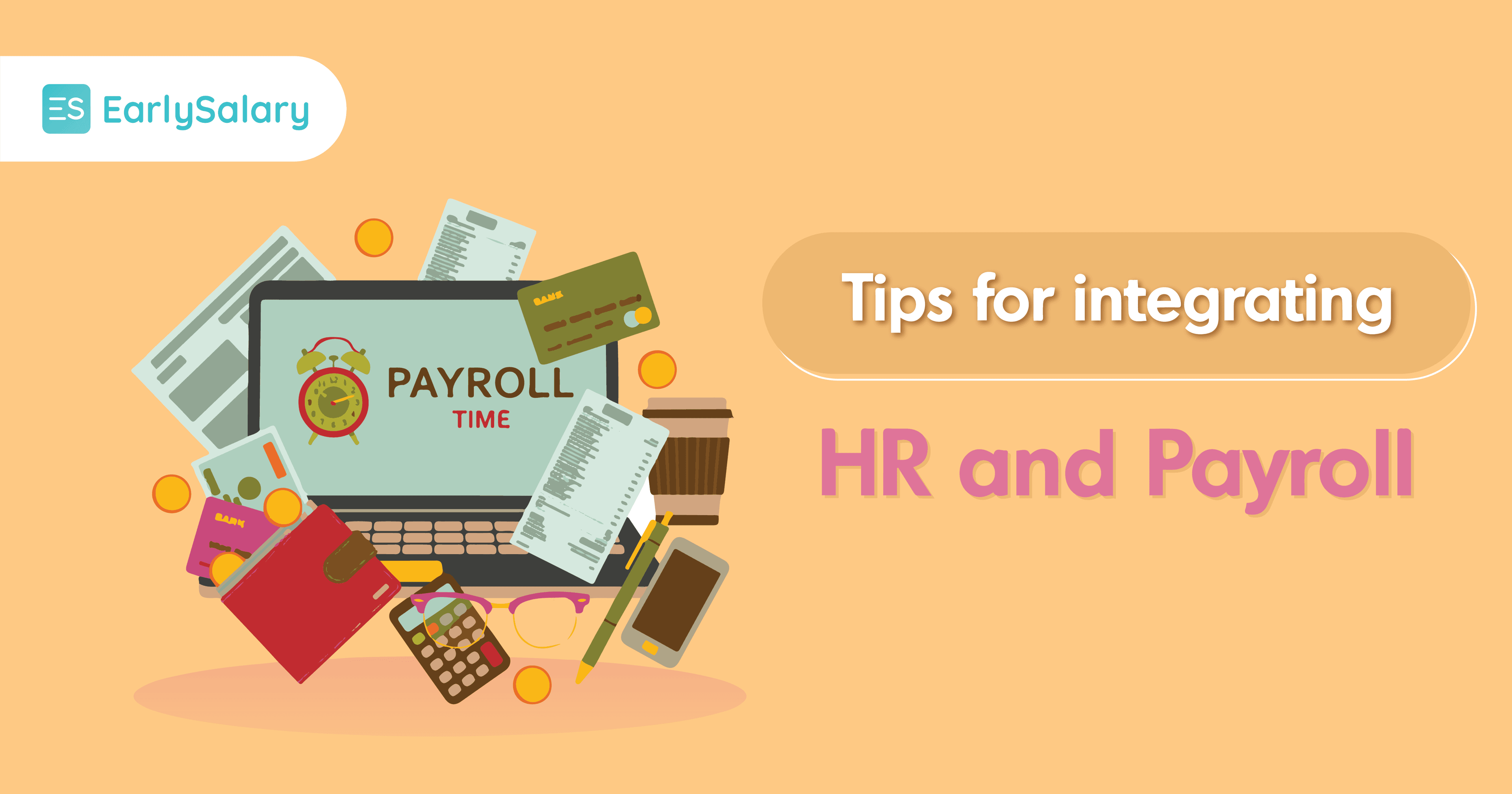
Highlight: Integration isn’t a luxury; it’s a requirement for managing your team. You’re not alone if you’ve had enough of utilizing numerous HR and payroll services at once and are ready for a change.
If you’re tired of working with various systems that don’t communicate with one another, an integrated payroll system makes sense. Separate HR and payroll systems not only take longer to maintain, but they can also result in payroll delays and errors, putting your staff at a disadvantage.
When you use an integrated HR payroll system, you just have to enter employee data once. Payroll, time and attendance monitoring, and other onboarding tasks may all be done on one platform. As the future of HR evolves, so will this aspect as HR and finance continue to work closely together.
Paying employees correctly and on time is critical for a variety of reasons. Software interfaces, which assist streamline the combination of HR and payroll, are one approach that many firms utilise to limit the risk of error. To begin with, payroll errors such as missing overtime or paying the wrong number for hours worked may be costly for both the employee and the company, as well as time-consuming to remedy. Secondly, inaccurate payroll can cause a significant drop in productivity as well as have a bad impact on your corporate culture.

An integrated HR and payroll system enables you to manage your entire workforce, giving you a more true and clear picture of employee data while employees have improved access. Here are some benefits of having such a system in place:
Consolidated Reporting – With an integrated system, HR and payroll data are simply linked, so you don’t have to waste time looking for missing information. You can make smarter decisions affecting the workforce if you have more personnel information at your fingertips. Instead of generating a payroll report that merely includes the employee’s name and total wages, you may include information like the employee’s manager and most recent performance rating, and use the report to aid your performance review process.
Smoother Updates – An integrated system serves as a centralised repository for employee information. When an employee is paid for overtime or when they go on paid leave, the change is recorded in their time and attendance records. Employees who leave the company and receive their last salary will also have their status on headcount and benefits reports updated automatically.
Enhanced Employee Experience – An integrated system allows you to provide employees with accurate information sooner, resulting in a better employee experience. Employee self-service capabilities allow employees to access their employment information at any time, day or night, eliminating the need for them to come to you for copies of pay stubs, W2s, or other forms.
There are tons more benefits when an Integrated HR Payroll system is put in place, but it is important to keep in mind some pointers when coming up with a system structure for your company.
Some other small details that work well in an Integrated HR payroll system would be dashboards for data analysis, transparent pricing policies, built-in reports for compliance filings, and a cloud-based employee service accessible by all.
HR and payroll systems contain the most sensitive information, from compensation data to social security numbers, and an integrated platform increases data security. Businesses may considerably lower the risk of data breaches by combining these two solutions into a highly secure HR management platform.
Download the instant loan app here, or log in to our website and be a part of the #OneSmallStep experience.